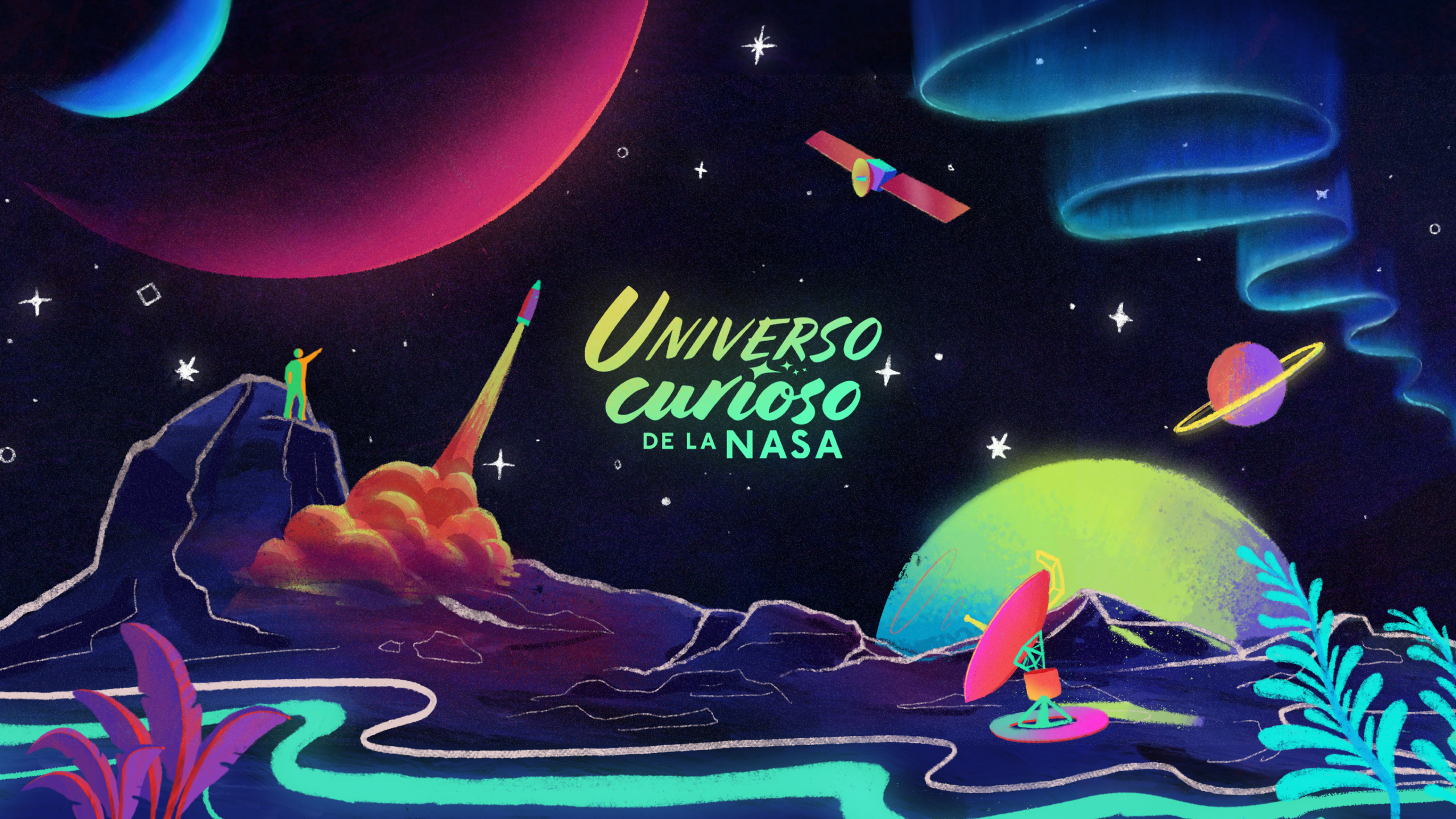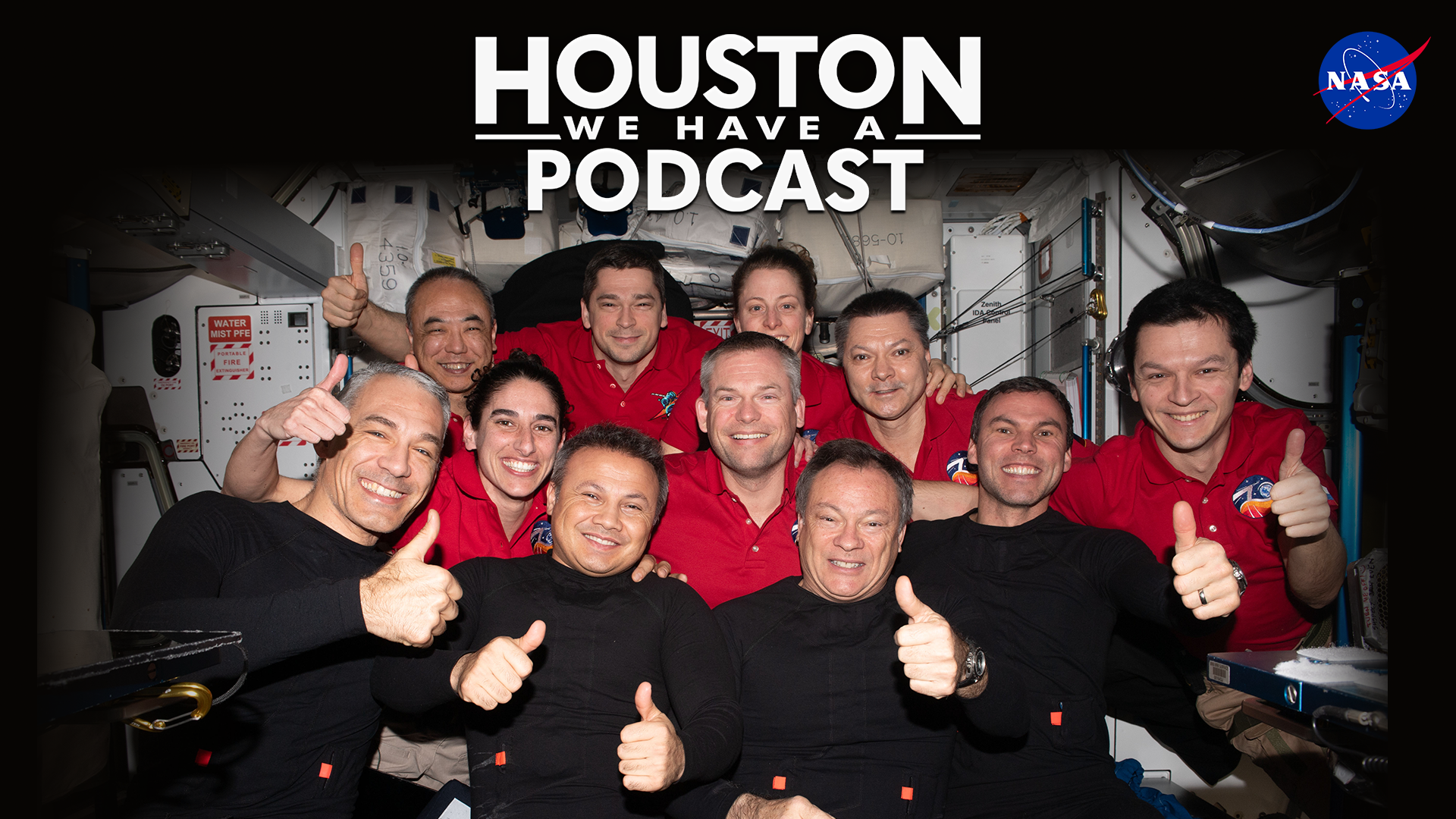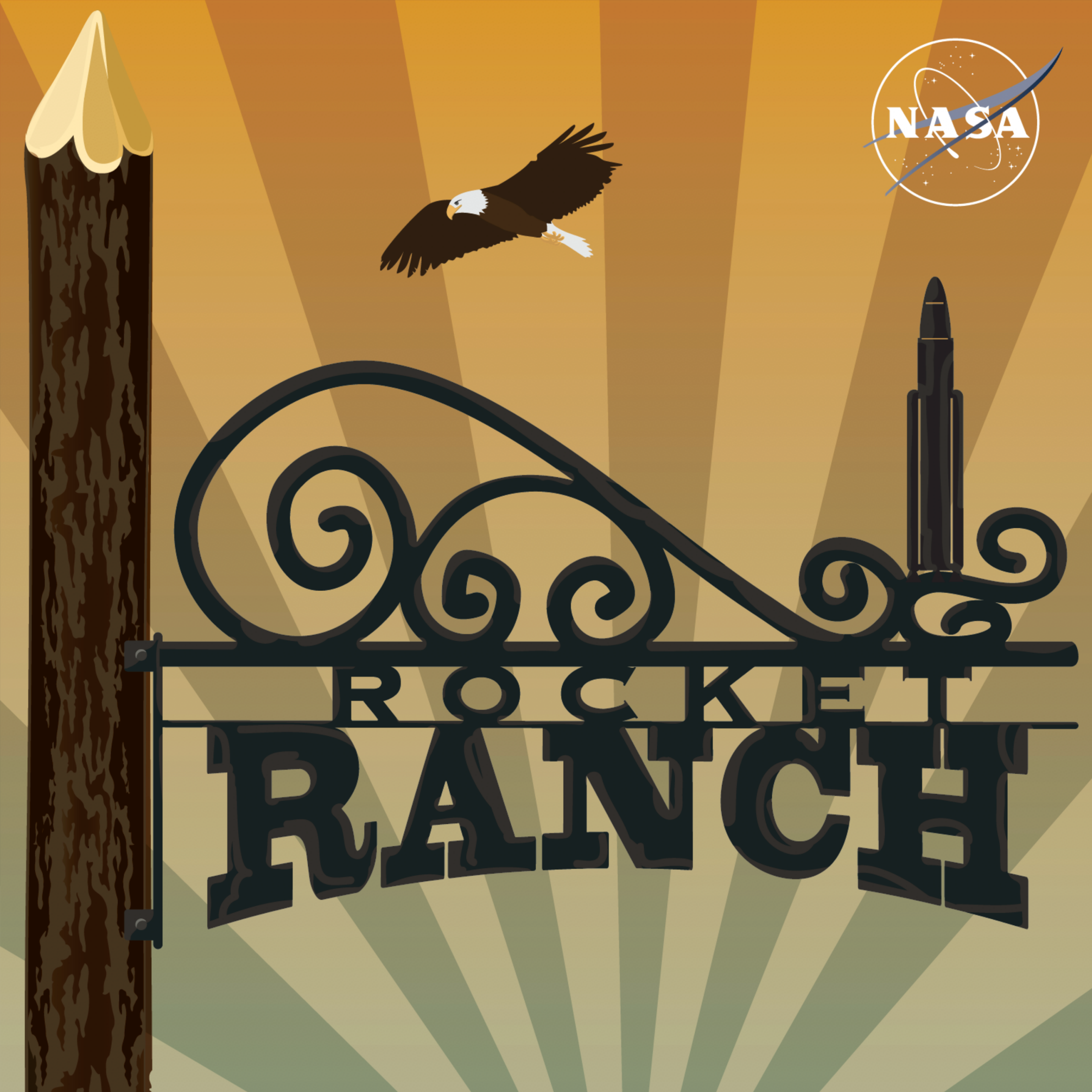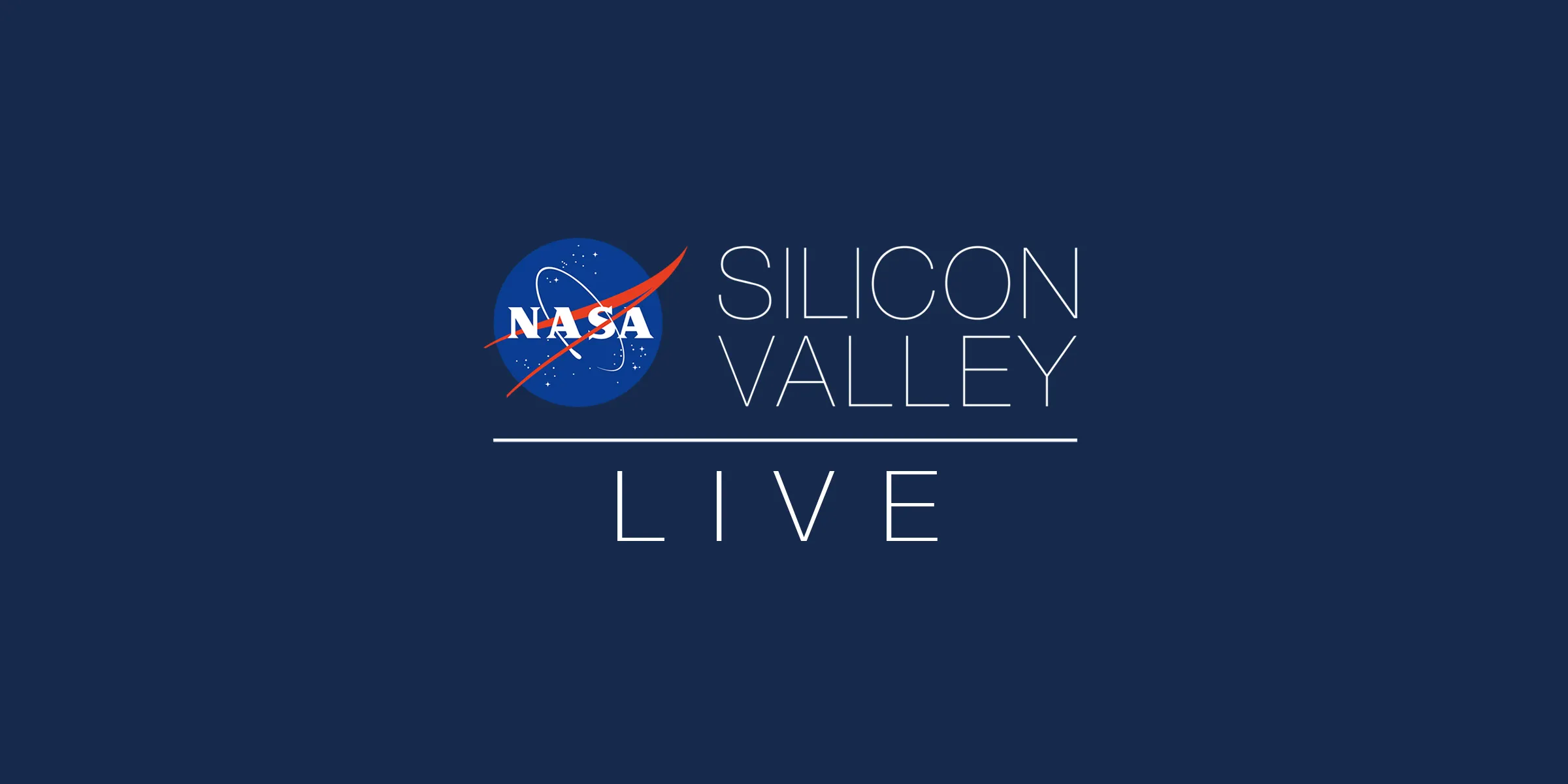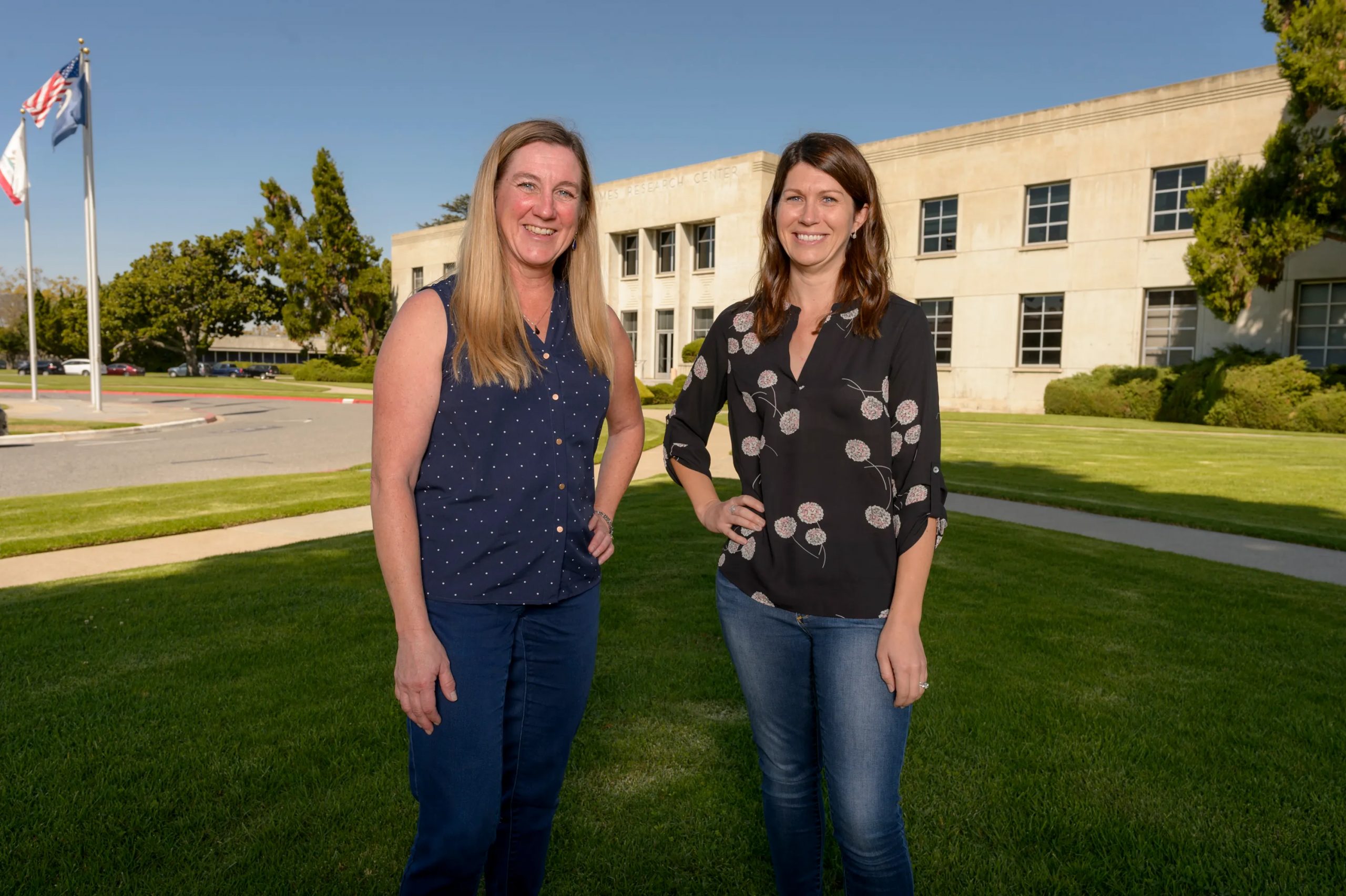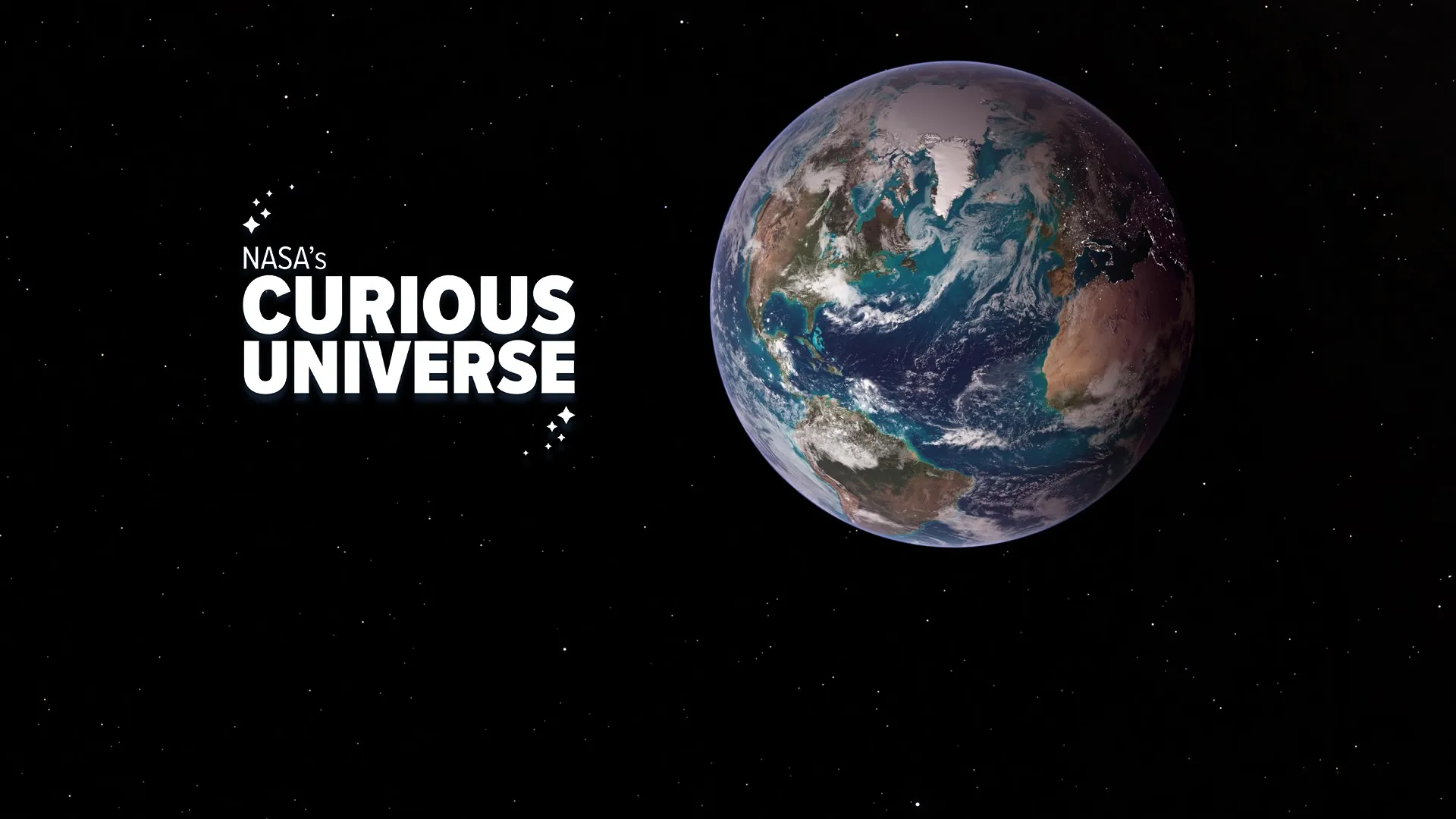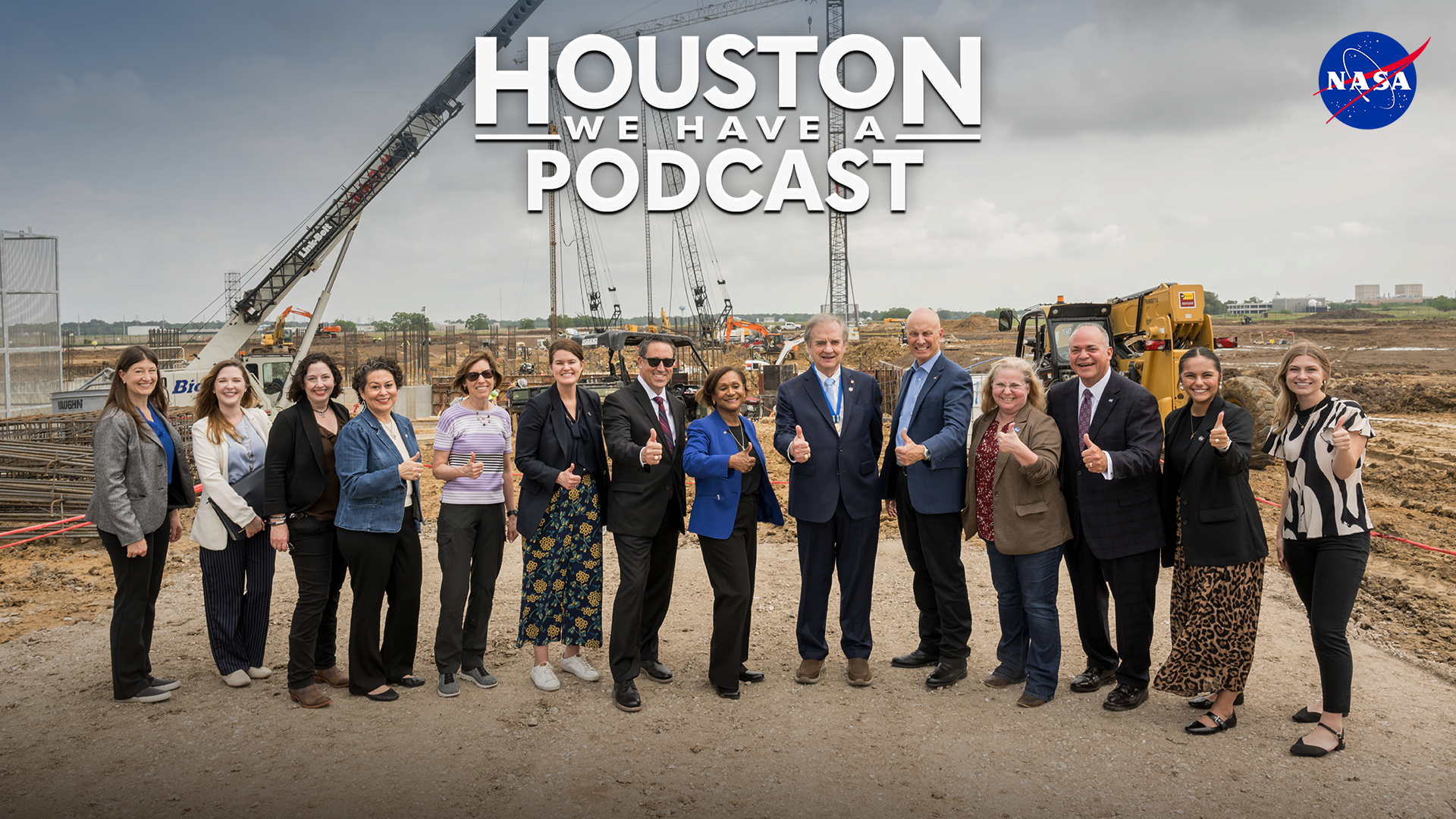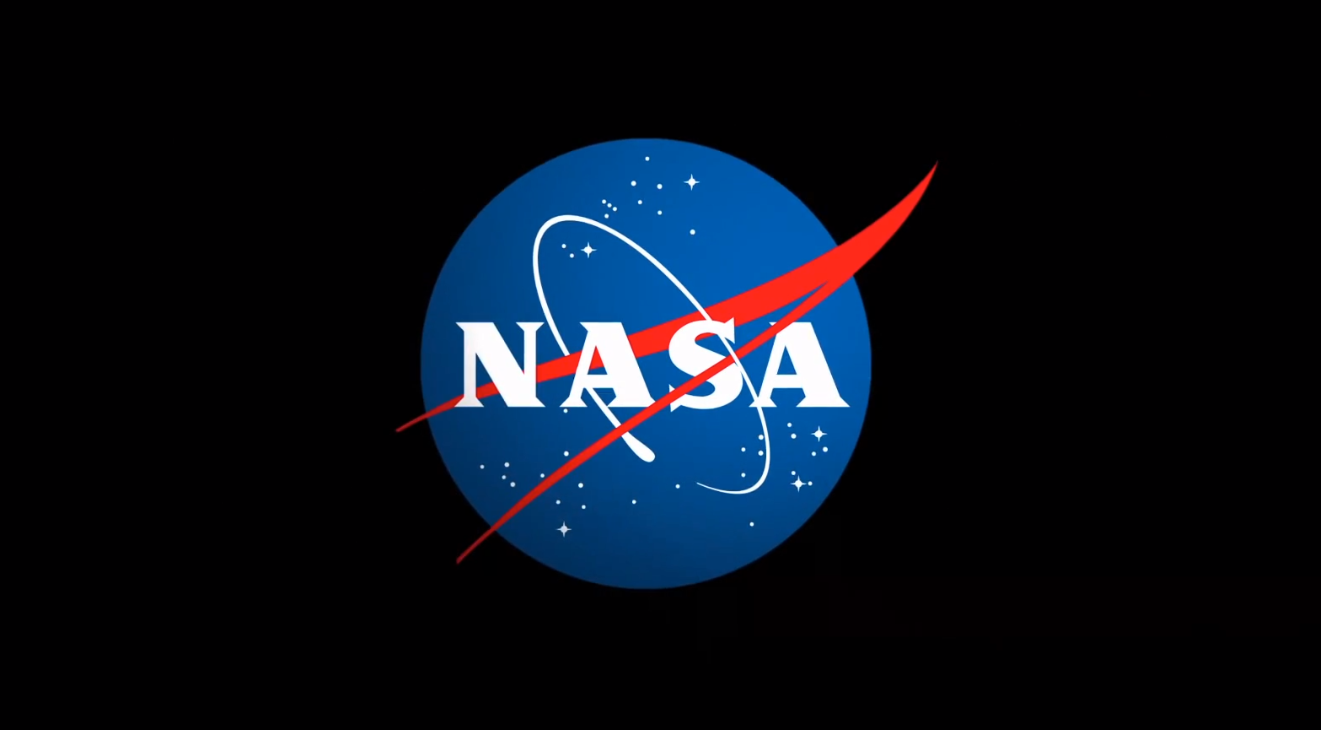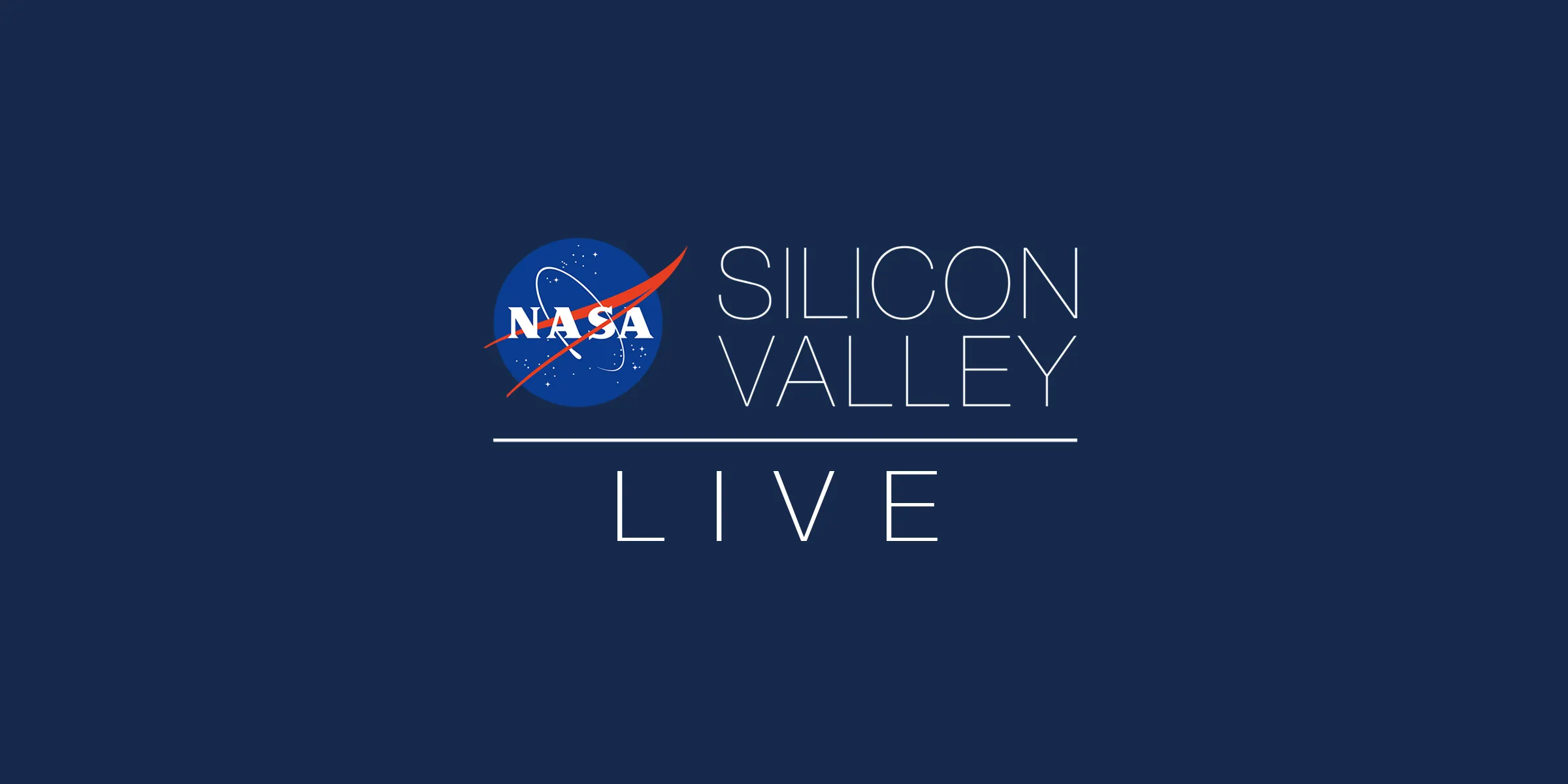Artemis I: Vamos a la Luna
Bienvenidos a Universo Curioso de la NASA. Nuestro universo es un lugar salvaje y maravilloso. Acerca de este episodio Nos estamos preparando para volver a la Luna, esta vez para quedarnos. Artemis I, una demostración de tecnología que también permitirá llevar a cabo investigaciones científicas en el espacio profundo, inaugurará una nueva era de la exploración espacial. Abrirá las compuertas a futuras misiones que llevarán a la primera mujer y a la primera persona de color a la superficie lunar, y nos acercarán al próximo destino: Marte. [Song: Luminous Underscore by Opus] Ivette Rivera Aponte El ser humano…
